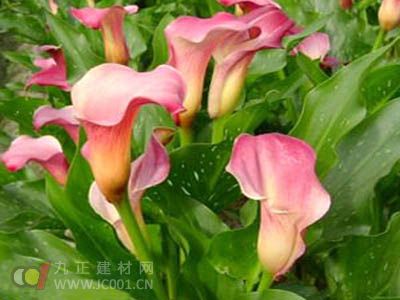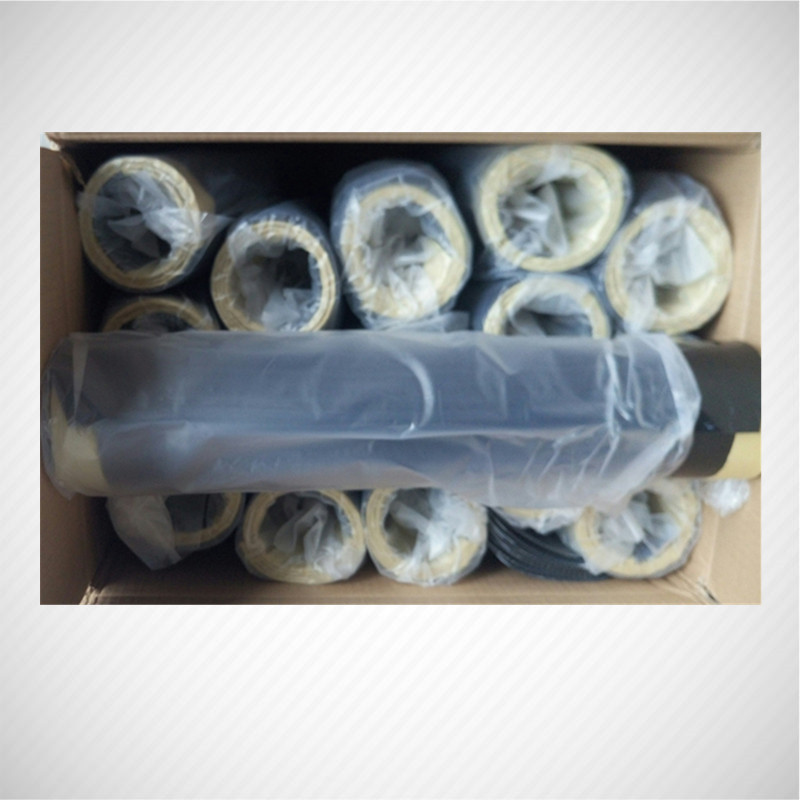Calla lily breeding and cultivation techniques
Calla lily breeding techniques:
Reproduction is dominated by ball division. After the plant enters the dormant period, the small ball around the tuber is peeled off and planted separately. It can also be sown and propagated. After the seeds are ripe, they will be planted. The germination temperature is about 20 °C.
Cultivation of calla is usually done after the fall. The bed spacing is 25cm and the plant spacing is 10cm. Use fertile and slightly sticky soil, such as: 2 parts of garden soil, 1 part of ash, and a little more bone powder or manure; 2 parts of minced mud, 1 part of humus soil (or compost), Add the appropriate amount of calcium superphosphate and decomposed cow dung to prepare the soil. After planting, the soil is 3~4cm thick, and it can be emerged in about 20 days. During the growth of calla lily, the water is sufficient. Sprinkle water on the leaves and the ground frequently, and pay attention to the cleansing of the leaves. Apply liquid fertilizer once every half month. Immediately after fertilization, rinse with water to prevent accidents. Move to the greenhouse before the frost and keep at room temperature above 10 °C.
During the curing period, in order to avoid the influence of the leaves, the outer leaves can be removed, which also facilitates the extension of the peduncle. February to April is the flowering period, and the watering is gradually stopped after the flowering; after May, the plants begin to be yellow, and should be ventilated and kept dry to prevent the tuber from decaying. When the plants are completely dormant, the tubers can be taken out, dried and stored, and planted again in autumn.

The cultivation technique calla lily is suitable for planting from late August to early September. The ground plant is used for cut flower production. Three groups of robust roots are planted in fertile fields, which can be flowered and supplied to the market around New Year's Day. Potted plants have 2 to 3 large balls per pot, and 1 to 2 small balls. The potting soil can be added with garden soil and organic fertilizer. After planting, set the semi-shade, bud and set the sun, wait for the frost to drop to the greenhouse, and keep the room temperature above 10 degrees.
Always keep the soil moist during the growth period, usually sprinkle water on the foliage and the ground to increase the humidity of the air. Apply liquid fertilizer once every half month. Fertilizer-based fertilizer should be applied before flowering to control the growth of stems and leaves, promote flower bud differentiation, and ensure the quality of flowers. Do not allow the fertilizer to flow into the petiole during fertilization to avoid rot. If there are too many leaves during the growth period, a small number of external leaves can be removed to facilitate the extraction of the peduncle, and the flowering period is from February to May. After the hot weather in late May, the plants began to be yellow, and should be stopped to water, moderately shade, and prevent water accumulation.
Potted plants should be moved to a ventilated, semi-shade, so that the basin is placed on the side, free of rainwater, to keep it dry and promote its dormancy. After the leaves are all yellow, the bulbs can be taken out, dried and stored in a cool, ventilated place. Before cultivating in autumn, the aging part of the bulb bottom is cut off and re-cultivated. The big ball blooms, and the small ball can raise the seedlings. The main disease of pests and diseases is soft rot. The prevention and treatment methods include the removal of diseased plants, disinfection of planting points with 200 times formalin; avoiding continuous cropping as much as possible; timely draining; air should be circulated; spray Bordeaux mixture when onset. The pest is mainly red spider. It can be controlled with 3000 times of trisulfide.
Heat Shrinkable Sleeves provide great corrosion protection, Superior resistance to Cathodic Disbondment and excellent durability against abrasion and chemical attack. The result is effective, wide application, easy to operate and preheating temperature low (50 °C) ,long term protection against corrosion.High performance adhesive provides excellent resistance to Cathodic Disbondment to ensure long-term corrosion protection.Just-in-time customized lengths allow bulk rolls to be field cut to protect any pipe size.

Pipe Heat Shrinkable Tape,Woven Polypropylene Tape,Cold Applied Wrap Tape,Pipeline Wrap Tape
Jining Qiangke Pipe Anticorrosion Materials CO.,Ltd , http://www.pipe-wrap-tape.com